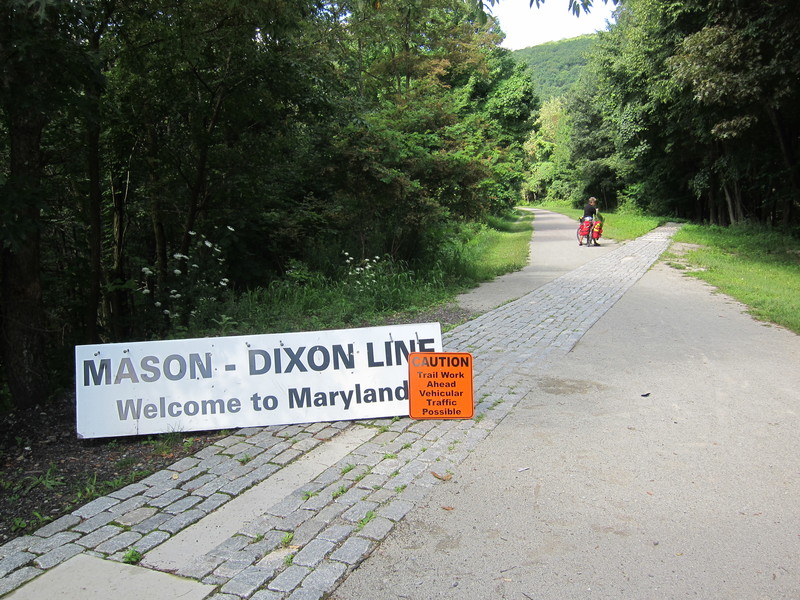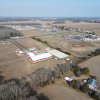Our bicycle journey across the U.S. continued this week through Pennsylvania - on the trail known as the Great Allegheny Passage - and on into the mountains of Maryland. We should be home in about two weeks, just in time to begin enjoying Freeman sweet corn, Bennett and Fifer peaches, steamed crabs and fried croakers.
We’ve pedaled more than 3,100 miles at this point. The good fortune we feel knowing we live along the coast where so much fresh food is available has only been reinforced by our journey. The fact that we have clean and warm oceans and bays to swim in also takes on a greater glow after feeling our hands and feet numb in the cold waters of most of the mountain-fed streams and rivers we have crossed.
The importance of appreciating the rich history of our coastal region has also been reaffirmed by our travels. Maybe it’s the graying of ourselves and our population, but we’ve learned so much from the many historical markers and interpretive signs we’ve passed - especially along the hundreds of miles of bicycle and pedestrian trails we’ve been privileged to ride. Such signs are informative for those passing through, but for those who live in different regions of the country, the signs help develop a pervasive and protective sense of historical stewardship.
Yesterday we crossed a western section of the late 1700s Mason-Dixon Line marked by granite cobblestones where the Great Allegheny Passage trail crosses. Today we stopped and read the Legend of Lovers Leap, below towering stone cliffs in an area along Wills Creek called The Narrows, west of Cumberland. It tells the tragic story of a star-crossed Indian maiden and English trapper couple who found themselves in a hopeless situation.
In a few days we will start down the tow path trail along the abandoned Chesapeake and Ohio Canal which chronicles another chapter in the history of our nation. The path is now a national park - perhaps the nation’s longest at a couple of hundred miles - and most narrow. The concept of national parks started in this country during the post-Civil War administration of Ulysses S. Grant and has since spread to many other nations around the world. They have done so much to add to the recreational enjoyment of our citizens and to help cement the sense of national unity.
The Chesapeake and Ohio park is another example where extensive historical interpretation has been installed to add to the appreciation of this chapter in history and to enrich the experience of those who visit, hike and bicycle along the path.
I still have a notion that Milton native Joseph Maull Carey, who went west to help settle Wyoming and eventually became governor, may have played an integral part in the national parks initiative. Yellowstone, in Wyoming, was the first national park established in the U.S. That happened while Carey was wielding power there.
Sussex County has evidence of every major chapter in human history - starting with the Native American villages in existence here thousands of years ago - and every chapter of American history since that time including European settlement, all of the wars and the Industrial Revolution.






















































